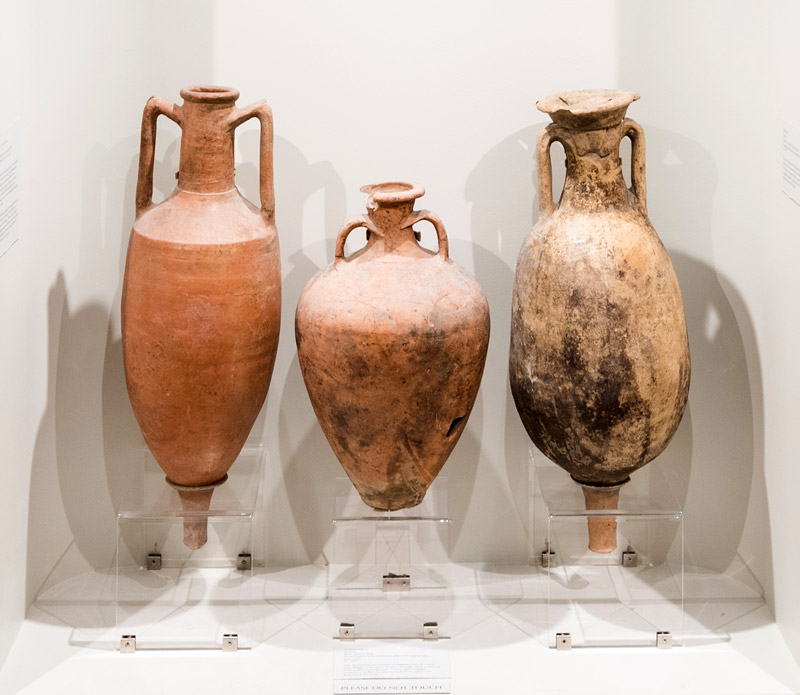
The Bay of Naples’ long history of grape cultivation and wine consumption can be traced to the arrival of Greek colonists in the eighth century BC. That tradition was drastically disrupted in AD 79. The Roman poet Martial writes of how saddened he was by the loss of the spectacular vineyards that had once stretched over the slopes of Vesuvius, all of them wiped out by the tragic eruption of the volcano.
As today in the Mediterranean, wine drinking featured prominently in everyday life. Pompeii, like most Roman towns, had its share of taverns and bars serving wine. Ancient architects invariably designated spaces for eating and drinking in modest houses in the city as well as in the elite villas circling the Bay.
The consumption of wine produced in the Vesuvian region was not limited to Pompeii. Writing in the years leading up to the eruption, Pliny the Elder suggests that Vesuvian wines had gained a solid reputation and popularity. He also notes, however, that the Pompeian variety did not improve with age, and he laments the long-lasting headache it could produce. Nevertheless, it found wide distribution, as proven by the Pompeian wine amphorae (large terracotta shipping jars) that have been discovered as far away as Carthage on the coast of North Africa and in the eastern Mediterranean.
The large-scale operation of wine-bottling and shipping at Oplontis B provides vivid insight into the empire-wide Roman wine trade in Vesuvian as well as other wines.




